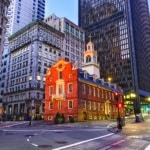
Boston: A Contingent History
Welcome to Boston, the city that reinvents itself every century or so. A new history of the city by a leading real estate attorney is a good reminder that its current success is by no means cast in stone.

Welcome to Boston, the city that reinvents itself every century or so. A new history of the city by a leading real estate attorney is a good reminder that its current success is by no means cast in stone.

Hundreds of people have helped make Banker & Tradesman indispensable to generations of businesspeople in Massachusetts. Here are just a few notable examples.
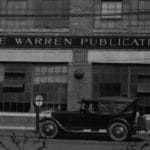
During its 150-year history, Banker & Tradesman and its parent company, The Warren Group, occupied addresses in some of Massachusetts’ most significant commercial districts and steps from some of the 21st-century’s highest-profile development sites.
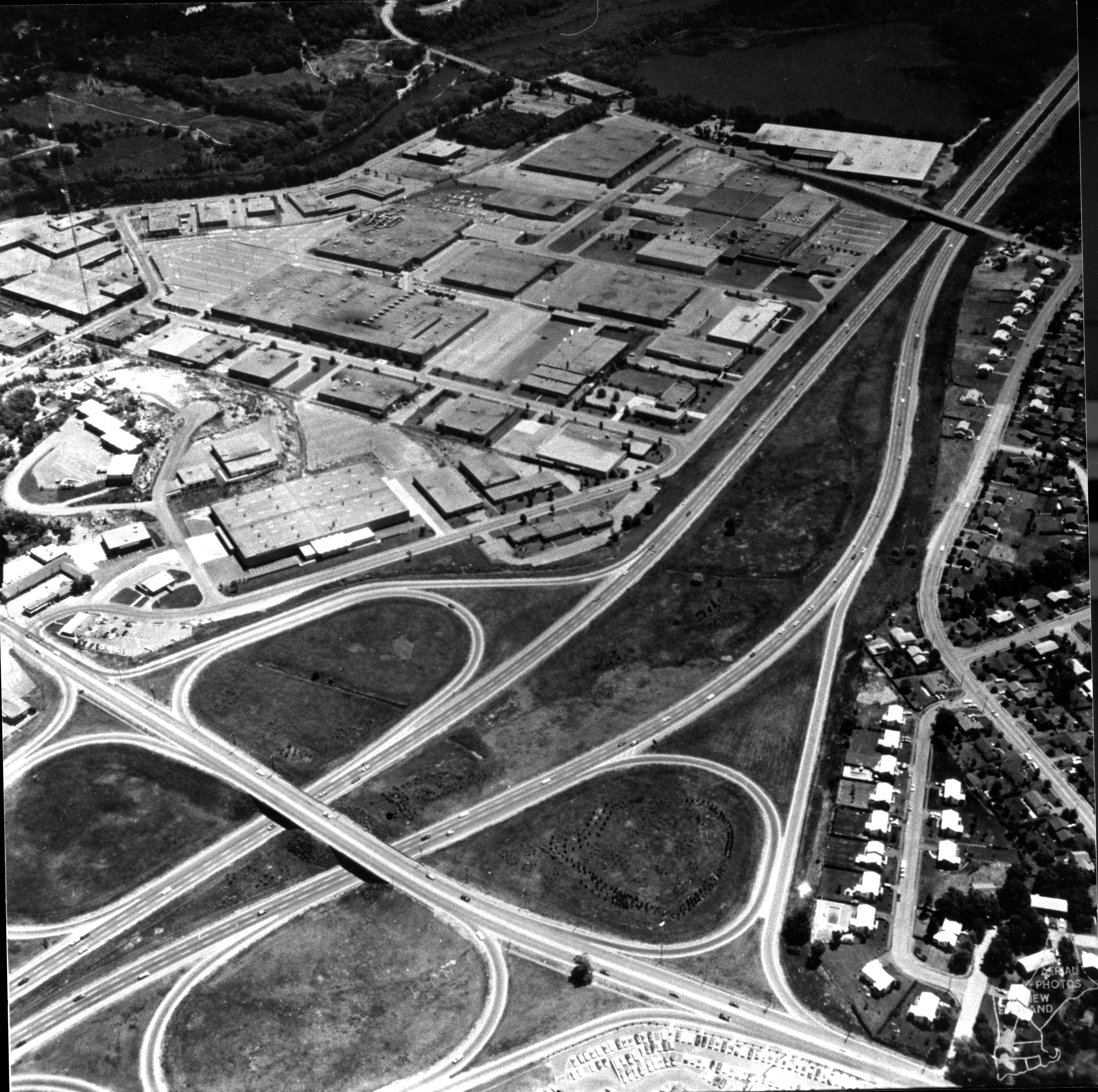
The completion of Route 128 changed Massachusetts and its commercial real estate industry more fundamentally than anything before, or perhaps since. And its evolution continues today.
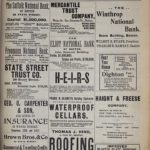
From a simple compendium of recent real estate transactions, Banker & Tradesman has transformed several times as the region it serves has changed.
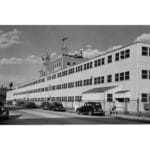
Every week, Banker & Tradesman highlights a piece of commercial real estate that’s the subject of some hot news. For our 150th anniversary, we’re focusing on what is arguably the most important piece of private real estate in Massachusetts history.

First as the youngest Boston city councilor in history and then as a prominent real estate attorney, Lary DiCara’s had a ringside seat – and sometimes a part in the show – as Boston was transformed from an arson-riddled shell to the busy metropolis of today.

Boston Mayor John Collins predicted Tremont Street will become known as “The $100 million Mile” as demolition of nine buildings began on Sept. 12, 1963 to make way for a 26-story apartment tower overlooking Boston Common.

A financial panic had set in 165 years ago this month. To stem it, banks needed a big infusion of gold – used to back paper money in those days – and that had to arrive by sea.
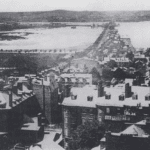
A crucial land transaction took place 165 years ago this August that generated funds to begin transforming a fetid, sewage-filled marsh into one of Boston’s most beautiful neighborhoods.

Local legends to the contrary, Cambridge never truly stood a chance to host NASA’s “Mission Control” for its many space exploration missions. But the consolation prize turned into a mess that, nonetheless, cleared the way for today’s Kendall Square.
In sports, coaches say that the secret to success is “staying in your lane,” and that philosophy has contributed to our success.
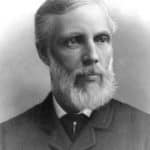
At the height of the industrial revolution, depositors banded together to establish lenders that could use their savings to fund home loans.

If you wanted to buy or sell a home in Greater Boston before the summer of 1955, you were in for a struggle, “hot-footing it from one broker to another.”
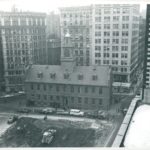
The Boston City Council and BRA Director Ed Logue found themselves at loggerheads amid accusations of backroom negotiations over a 40-story office tower planned as part of the Government Center urban renewal project.

The Burlington Mall wasn’t the first of its revolutionary new breed of retail real estate in Massachusetts, but the mall marked a defining turning point for the genre.

A 245-page bank reform law opened myriad doors to bank mergers and stock conversions, but it came with a catch. The state would apply its own standards for how lenders were meeting the credit needs of their communities.

Cambridge’s Kendall Square might never have become the world’s life science capital save for a chance connection between David Clem and a New Hampshire timber company.

Supporters hailed the Tenement House Act of 1912 as a way to stop the spread of working-class triple-decker homes as new transportation options opened the suburbs to